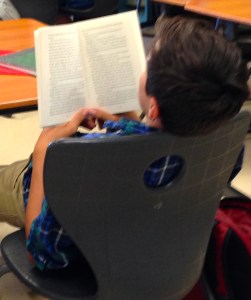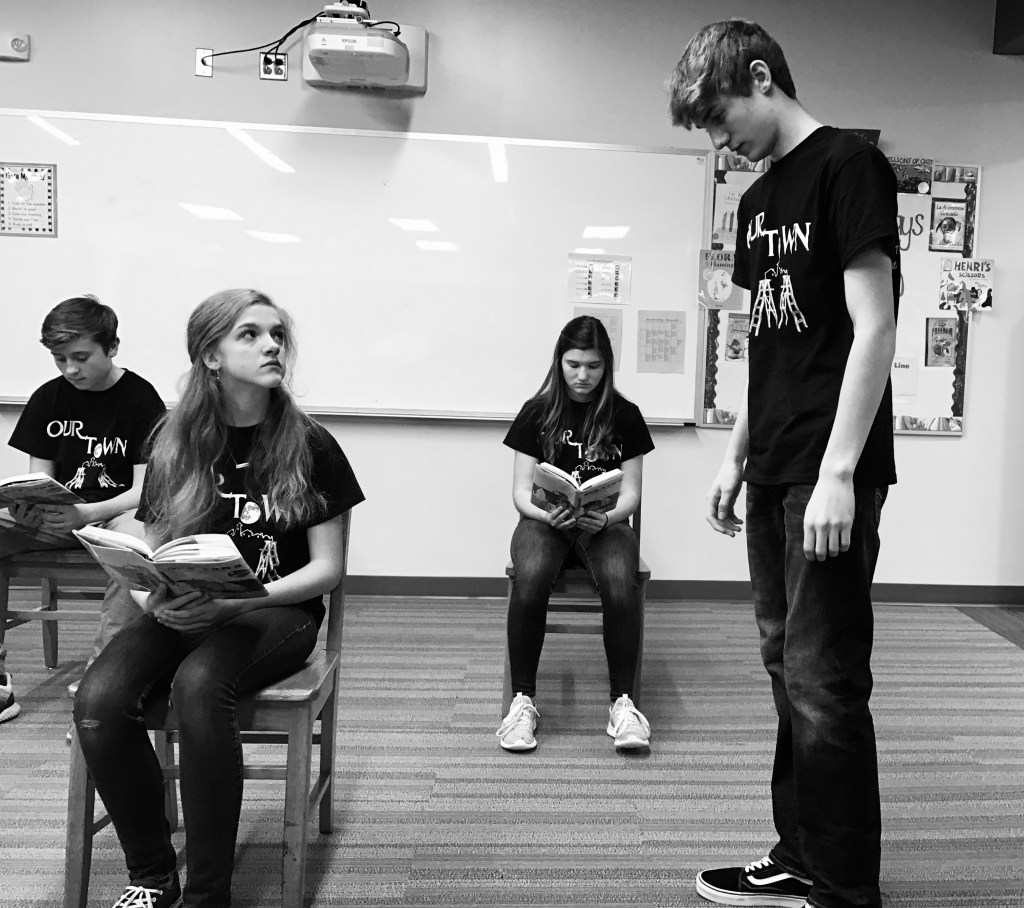
Since I have the distinct privilege of writing a post just days before Christmas, I thought this was the perfect time to share a tribute to a literary work that has profoundly impacted my pedagogy and my students’ lives–Thornton Wilder’s iconic Our Town. I posted previously about Our Town in 2019, sharing how I workshopped a canonical text.
This post is different. Our Town demonstrates in the most gentle and profound of ways-how difficult it is to be a human being. In the midst of every kind of unrest from the horrors of school shootings to political upheaval that polarizes families and communities, this play invites us all to pause and to savor the people and things that give our lives meaning. I wrote this tribute for my students recently as we finished reading Our Town together. It was intended to be an invitation to them to think about why reading an eighty year old Pulitzer Prize winning play matters, and as a step into writing their own tributes to the things that make up the fabric of their lives, as well as an introduction to designing one pagers in response to the play. My job sheet for our one pagers is linked here.
Knowing the Stars by Name
A Playlet Starring Various Eighth Graders, and TIME as the thief, as Mrs. O. reflects on one of her favorite things…Our Town.
Act I Scene One:
Date: February 13th, 2019. Time: Late afternoon
The second trimester is fading like a rose, and the clock is ticking. TIME, that relentless thief, is busy stealing.
The PC 8th Grade Theatre Troupe is preparing to present Our Town, a play in three acts by Thornton Wilder, at District V Regionals.
TOBY and EMRI are in the window at the Gibbs’ home in Grover’s Corners, New Hampshire, playing the roles of GEORGE and REBECCA. I know I will read the play again, with other students in these roles, but these two voices are perfect. Melody and harmony.
EMRI (AS REBECCA): George, do you know what I think? Do you? I think maybe the moon’s getting nearer and nearer, and there’ll be a big ‘splosion…
TOBY (AS GEORGE): Rebecca, you don’t know anything. If the moon were getting nearer, the guys that sit up all night with telescopes would see it first, and they’d tell about it, and it’d be in all the newspapers.
EMRI (AS REBECCA): George, is the moon shining on South America, Canada, and half the whole world?
TOBY (AS GEORGE): Well–probly is.
ISAAC (AS STAGE MANAGER): Nine thirty. Most of the lights are out. No, there’s Constable Warren trying a few doors on Main Street. And here comes Editor Webb after putting his newspaper to bed…
MRS. O: The first time I read Our Town, I was a sophomore in high school. My English teacher and one of the most significant mentors of my life, Dale Brinks, assigned the play and we read it in a few days. I remember both loving the story, and desperately wanting there to be more to the story. I knew as a fifteen year old kid who had just fallen in love for the first time, that it was a play that would matter to me for the rest of my life.
Act I Scene Two: Where We Are Now–December 2021
As I think back on our 2019 season, I remember that TIME kept stealing, stuffing minutes into his pockets like crumpled dollar bills, and hurrying away. WINTER was another villain, brutally icy and cold, blotting out the sun. We had snow days upon snow days…a stack of missed opportunities. I remember tears of frustration when another email landed in my inbox announcing a cancellation or a two hour delay.
Then, in February, theatre troupe member Josh’s father died from cancer on Valentine’s Day, while the rest of the troupe was performing Peter Pan in Sully. We dedicated the performance to Josh and his dad. It gave Our Town another layer of meaning for us, and made us treasure the time that we had left together even more.
So here we are. It’s December, 2021.. TIME is still stealing, and Our Town endures, reminding me in its plain and gentle way that more goodbyes are always coming. “Don’t waste time,” the pages whisper. Make the most of today. Be a gift-whether you’re reading a play, or washing dishes. Everything matters–and people–my family and my students–matter the most.
Another day will dim, another rehearsal ends, and the moment, as all moments are, is unrepeatable. I will only be able to “open” the gifts of being with you for a few more months. And then your stories will continue. Without me. That is the way of things every year, but I never get used to it. It’s unspeakably painful to say goodbye to students who have journeyed with you through everything from the secret of staying gold in The Outsiders to the magic of Arabian Nights and everything still to come. How do you bid farewell to souls who have lit candles of love and hope with you through their words, and the characters they’ve played? I don’t know the answer. Maybe I never will.
So why is Our Town one of my favorite things? The words are old friends. When I return to them, they are the same, whether I am a fifteen year old girl flushed with first love, or a wife and mother tempered by time, failures, dreams, and devastation. The message is the same regardless of my life season. Don’t presume too much, or berate yourself, either. Be tender. Treasure each moment. Love your family. Love your students. Love life. I can’t think of a message much more meaningful than that.
CURTAIN
What are the stories that live in your heart? Join the conversation by leaving a comment below, or email me at oosterheerte@pellachristian.net. If you’d like to learn more about the endurance of Our Town and why it’s one of the most performed plays in the world, check out this video from the Wilder family, or this one from CBS News, including interviews with award-winning director David Cromer.
Elizabeth Oosterheert is a middle school language and theatre arts teacher in central Iowa. She loves reading and writing poetry and plays with her students. Recently, she wrote Arabian Nights for performance in November 2021.




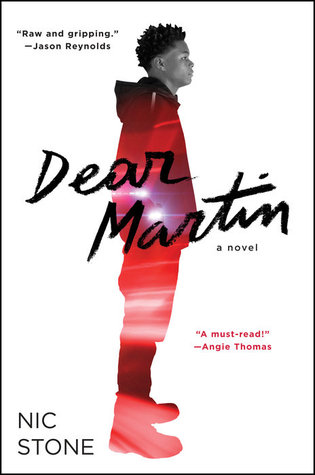
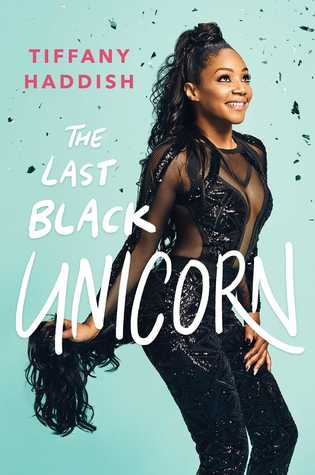
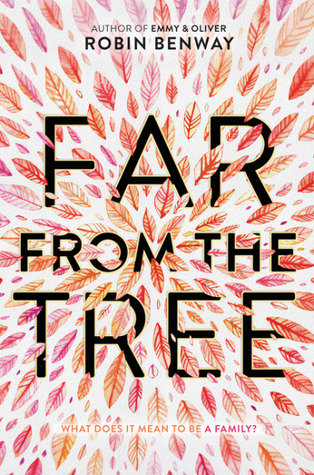
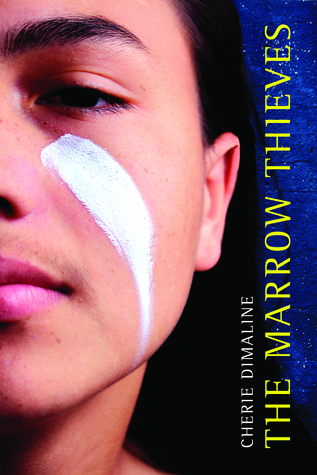

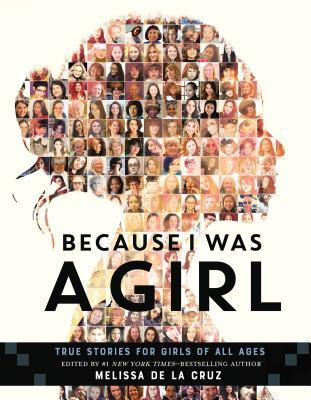
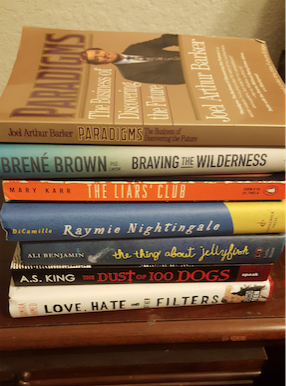
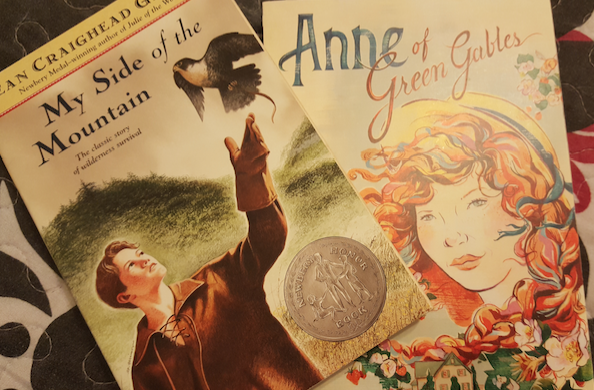
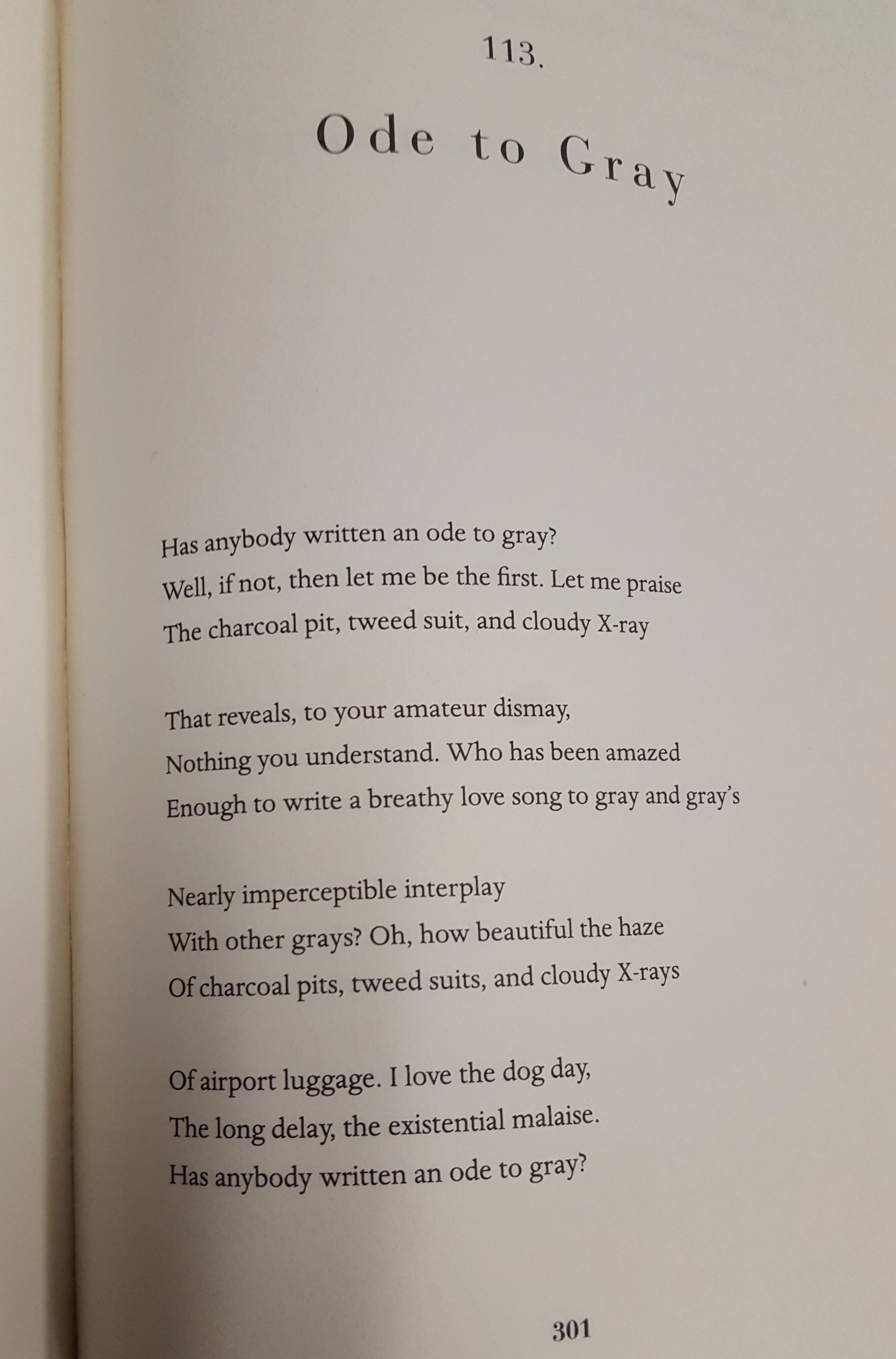

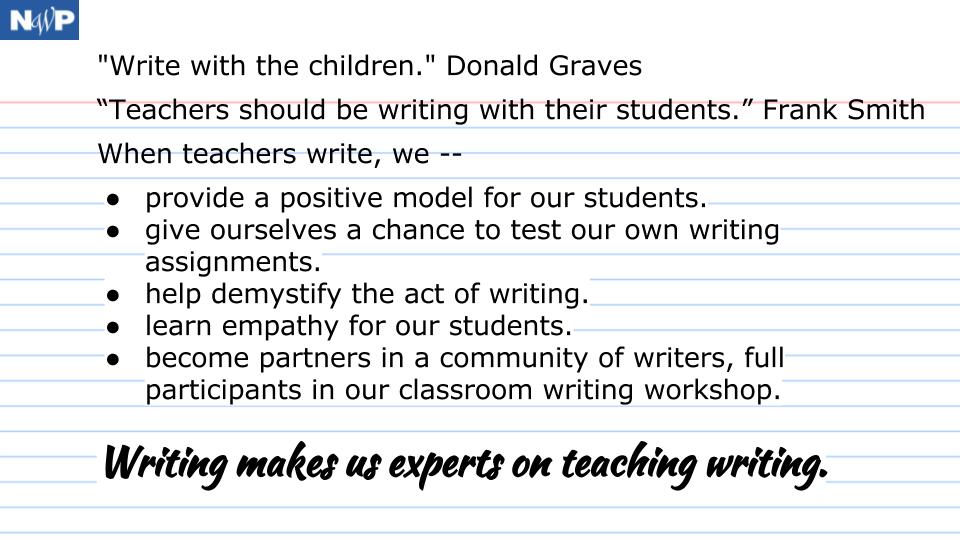

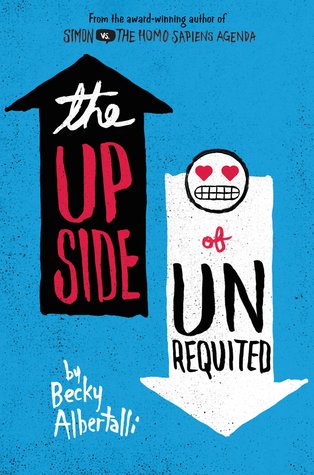 The Upside of Unrequited by Becky Albertalli – I so loved this book. I enjoyed everything about it asI read it in chunks at 2 am while feeding the baby. I loved the narrator’s voice, the hilarity of the supporting characters (whose ethnic, sexual, and gender “diversity” weren’t the main points of the story, but just a normal part of the fabric of the narrative, which I really appreciated), and the writing itself. If you or your students enjoyed the twins in Jandy Nelson’s I’ll Give You the Sun, the frank discussion of body image in Julie Murphy’s Dumplin’, or the awkwardness of Colin in John Green’s An Abundance of Katherines, definitely give this one a try.
The Upside of Unrequited by Becky Albertalli – I so loved this book. I enjoyed everything about it asI read it in chunks at 2 am while feeding the baby. I loved the narrator’s voice, the hilarity of the supporting characters (whose ethnic, sexual, and gender “diversity” weren’t the main points of the story, but just a normal part of the fabric of the narrative, which I really appreciated), and the writing itself. If you or your students enjoyed the twins in Jandy Nelson’s I’ll Give You the Sun, the frank discussion of body image in Julie Murphy’s Dumplin’, or the awkwardness of Colin in John Green’s An Abundance of Katherines, definitely give this one a try. Made You Up by Francesca Zappia – I chose this one strictly based on cover appeal–because it’s really a gorgeous cover–and ended up reading it throughout labor, finishing the last 20 pages a few hours after Jane was born. I was sucked in immediately by the plight of Alex, who’s seventeen and schizophrenic and never quite sure what’s real or made up in her everyday life. Every character, object, or experience had my skepticism as I read, and my wariness was heightened as I grew more and more attached to each development, worrying that it’d turn out to be fake. There are twists and turns worthy of Gone Girl in this book, but ultimately, it’s a fantastic YA read that’s more coming-of-age than suspense or mystery genre.
Made You Up by Francesca Zappia – I chose this one strictly based on cover appeal–because it’s really a gorgeous cover–and ended up reading it throughout labor, finishing the last 20 pages a few hours after Jane was born. I was sucked in immediately by the plight of Alex, who’s seventeen and schizophrenic and never quite sure what’s real or made up in her everyday life. Every character, object, or experience had my skepticism as I read, and my wariness was heightened as I grew more and more attached to each development, worrying that it’d turn out to be fake. There are twists and turns worthy of Gone Girl in this book, but ultimately, it’s a fantastic YA read that’s more coming-of-age than suspense or mystery genre.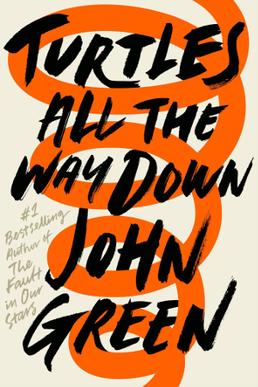 Turtles All the Way Down by John Green – Have you read this book yet? If you haven’t, is it at least pretty high on your TBR list? If it isn’t, have you been living under a rock!? John Green’s newest book–and his first release since The Fault in Our Stars–did not disappoint me. I purposely avoided reading anything about the book before I got my hands on it, and I was glad that I hadn’t been spoiled by spoilers. Its plot is driven by a typically slightly unbelievable Green-esque set of characters, circumstances, and adventures, but I’m always willing to suspend my disbelief for the likes of John Green, so I was undeterred. I quickly empathized with narrator Aza, who struggles with OCD, and appreciated Green’s sensitive exploration of mental health in the teen landscape.
Turtles All the Way Down by John Green – Have you read this book yet? If you haven’t, is it at least pretty high on your TBR list? If it isn’t, have you been living under a rock!? John Green’s newest book–and his first release since The Fault in Our Stars–did not disappoint me. I purposely avoided reading anything about the book before I got my hands on it, and I was glad that I hadn’t been spoiled by spoilers. Its plot is driven by a typically slightly unbelievable Green-esque set of characters, circumstances, and adventures, but I’m always willing to suspend my disbelief for the likes of John Green, so I was undeterred. I quickly empathized with narrator Aza, who struggles with OCD, and appreciated Green’s sensitive exploration of mental health in the teen landscape.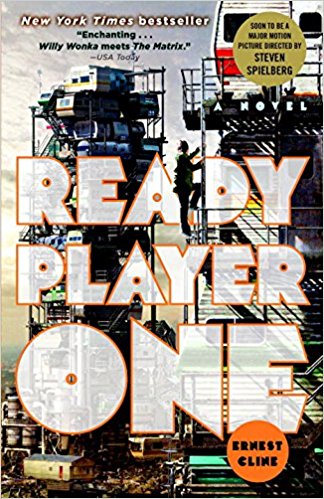 Ready Player One by Ernest Cline – Jackie told me about this book years ago, and I’ve been meaning to read it ever since–and it was worth the wait. A true YA classic, it blends a dystopian reality with the sinister machinations of a true supervillain (in this case, an entire corporation) and unlikely heroes and plot twists throughout. If you like The Matrix, the 80s, video games, or any of the above, you’ll like this book. It’s a great piece of fiction, and I appreciated Cline’s restraint in not turning it into a trilogy or series. I loved it as a stand-alone book full of everything I like in a page-turner.
Ready Player One by Ernest Cline – Jackie told me about this book years ago, and I’ve been meaning to read it ever since–and it was worth the wait. A true YA classic, it blends a dystopian reality with the sinister machinations of a true supervillain (in this case, an entire corporation) and unlikely heroes and plot twists throughout. If you like The Matrix, the 80s, video games, or any of the above, you’ll like this book. It’s a great piece of fiction, and I appreciated Cline’s restraint in not turning it into a trilogy or series. I loved it as a stand-alone book full of everything I like in a page-turner. The Jane Austen Project by Kathleen A. Flynn – This isn’t YA, but it’ll definitely be of interest to any of my fellow Jane Austen lovers out there (and if you are one, then you’ll notice my aptly-named newborn daughter, above). In the not-too-distant future, time travel is a reality and true Austen fangirl Dr. Rachel Katzman has been selected to visit 1815 and Jane herself. Her mission is to retrieve a lost Austen manuscript, diagnose the mysterious illness that ended Jane’s life far too early, and try not to alter history too drastically along the way. I loved this book for its historical accuracy, its constant allusions to Jane’s works, and the depth of emotion I felt from every character.
The Jane Austen Project by Kathleen A. Flynn – This isn’t YA, but it’ll definitely be of interest to any of my fellow Jane Austen lovers out there (and if you are one, then you’ll notice my aptly-named newborn daughter, above). In the not-too-distant future, time travel is a reality and true Austen fangirl Dr. Rachel Katzman has been selected to visit 1815 and Jane herself. Her mission is to retrieve a lost Austen manuscript, diagnose the mysterious illness that ended Jane’s life far too early, and try not to alter history too drastically along the way. I loved this book for its historical accuracy, its constant allusions to Jane’s works, and the depth of emotion I felt from every character.
 Tuesdays are bar none the best day of the week. Tuesdays are when most new books are released. On Tuesdays, you can run to the bookstore, go to the library, or wait eagerly for a package to arrive. If you love reading new books, Tuesdays are nothing short of wonderful.
Tuesdays are bar none the best day of the week. Tuesdays are when most new books are released. On Tuesdays, you can run to the bookstore, go to the library, or wait eagerly for a package to arrive. If you love reading new books, Tuesdays are nothing short of wonderful.
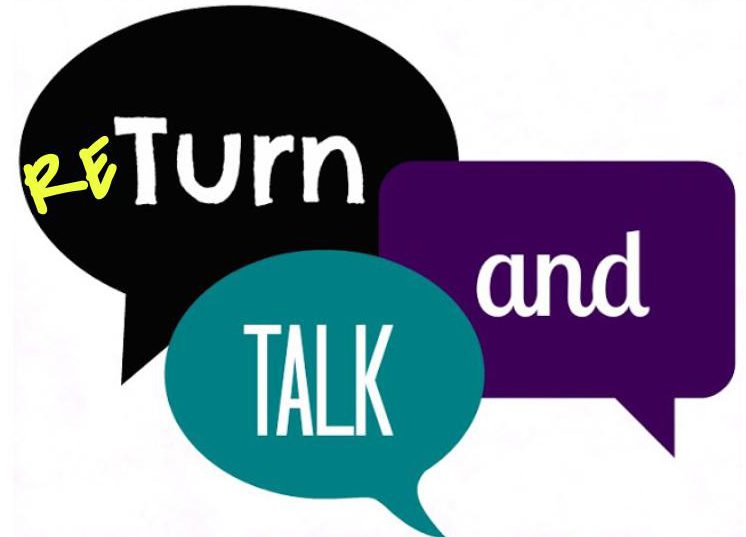 This summer, we’d like to
This summer, we’d like to 